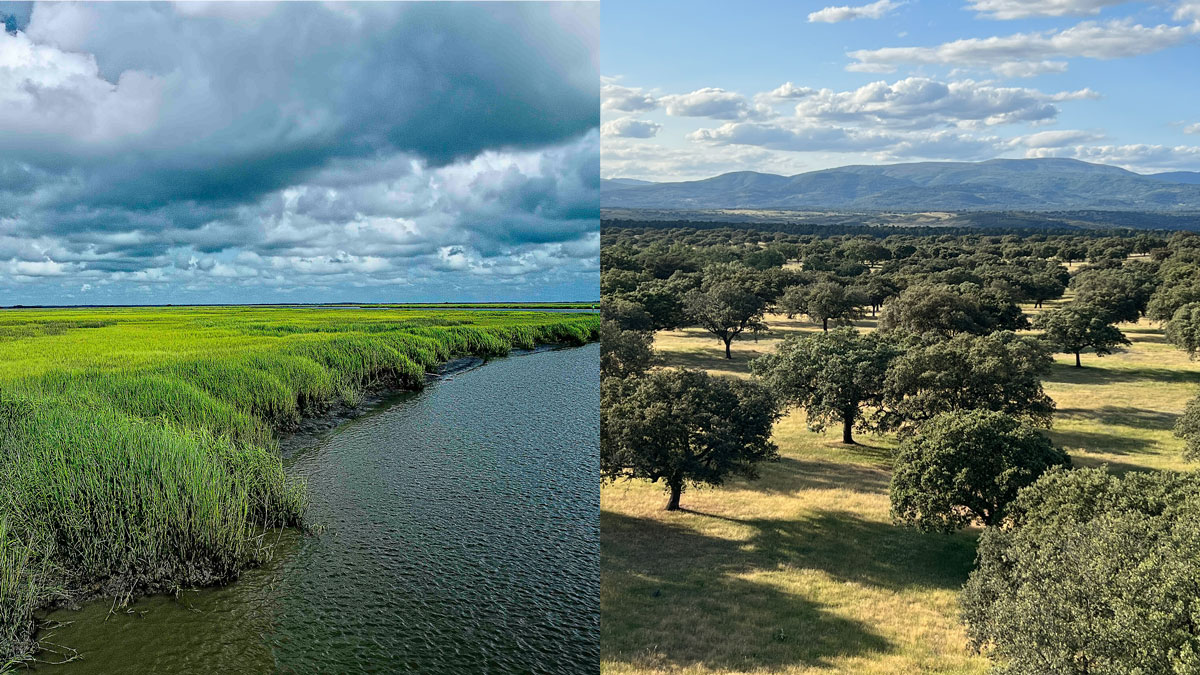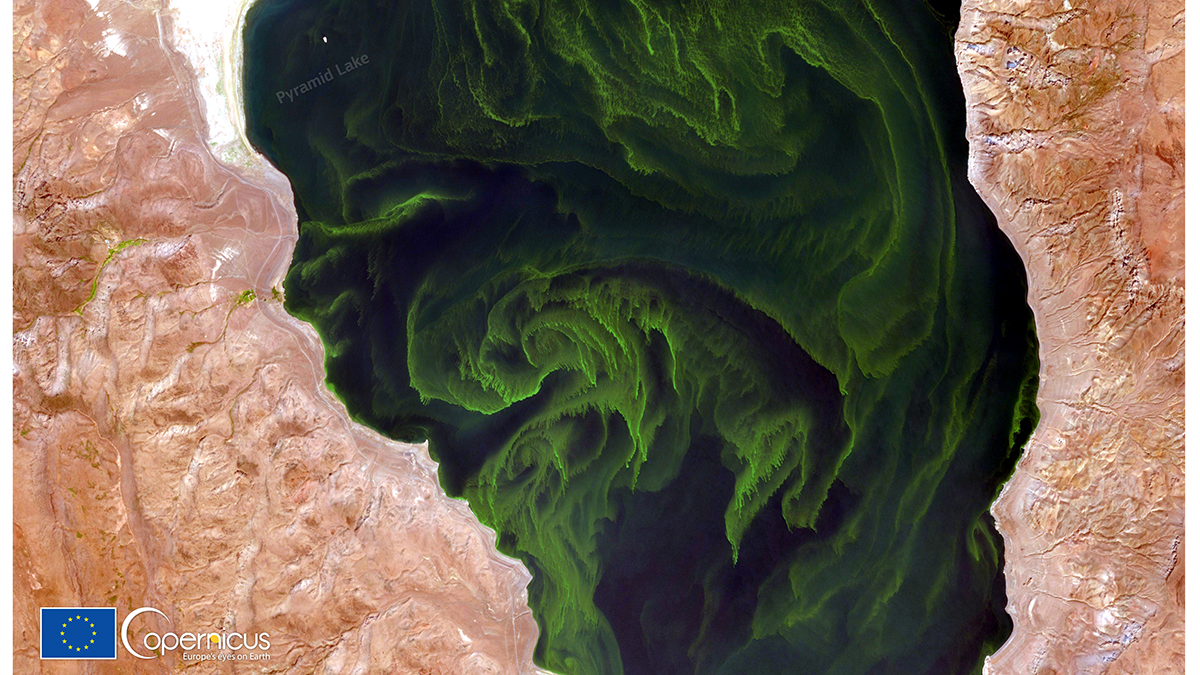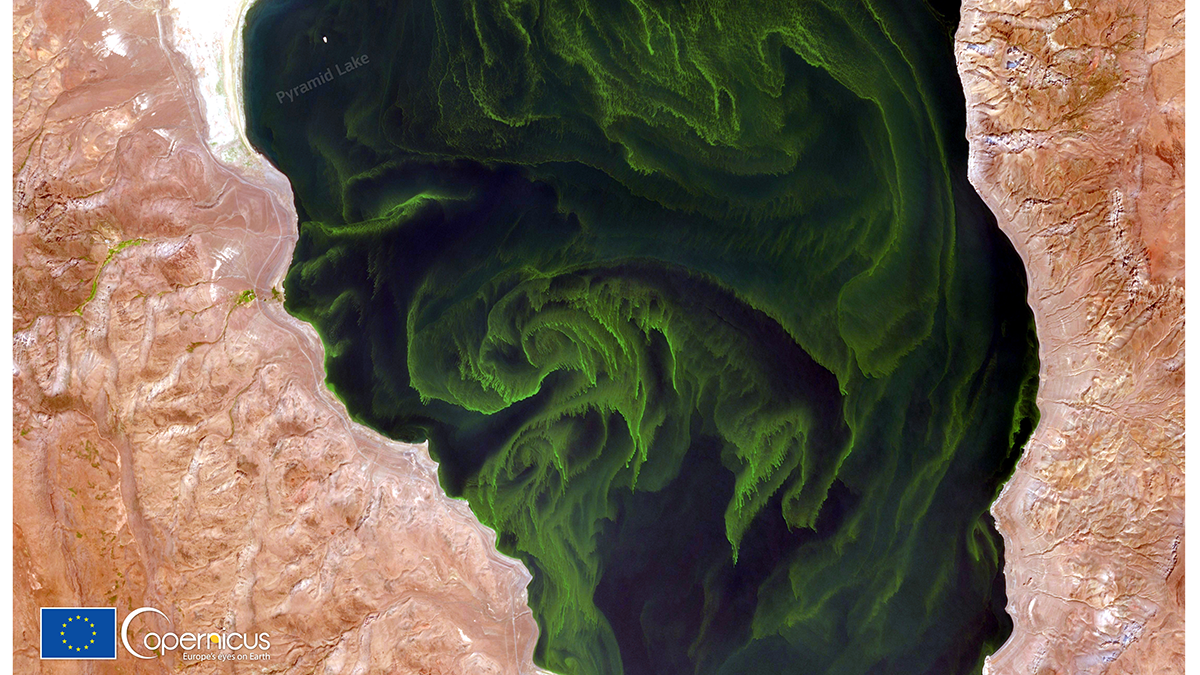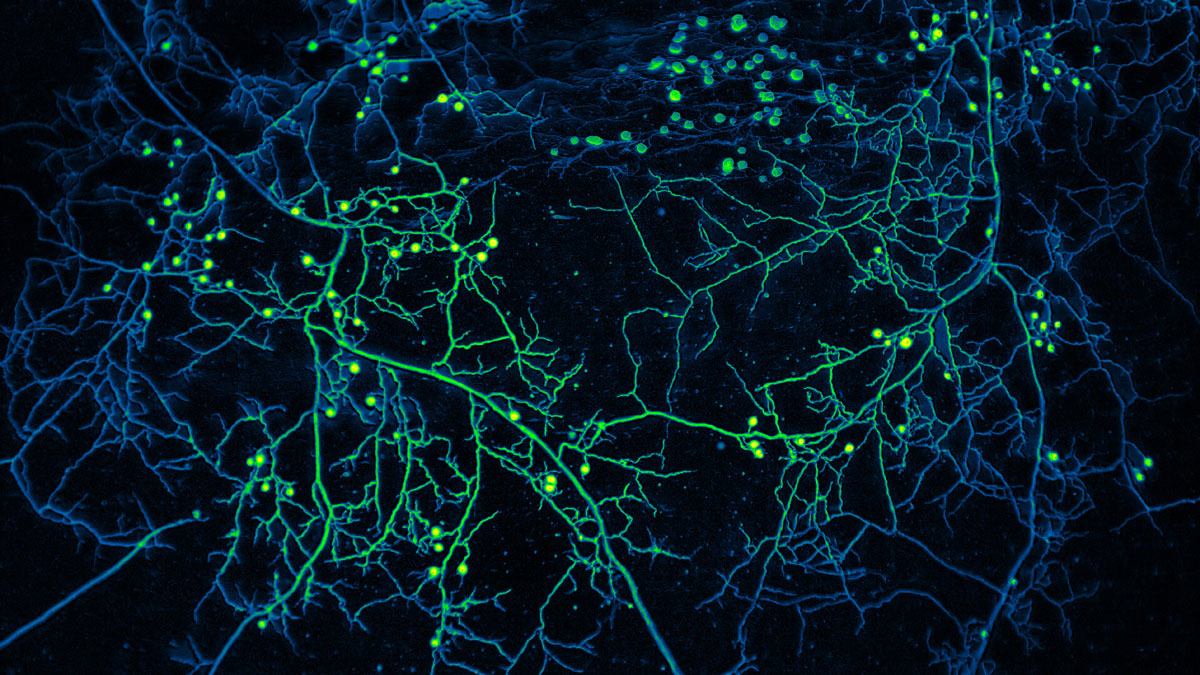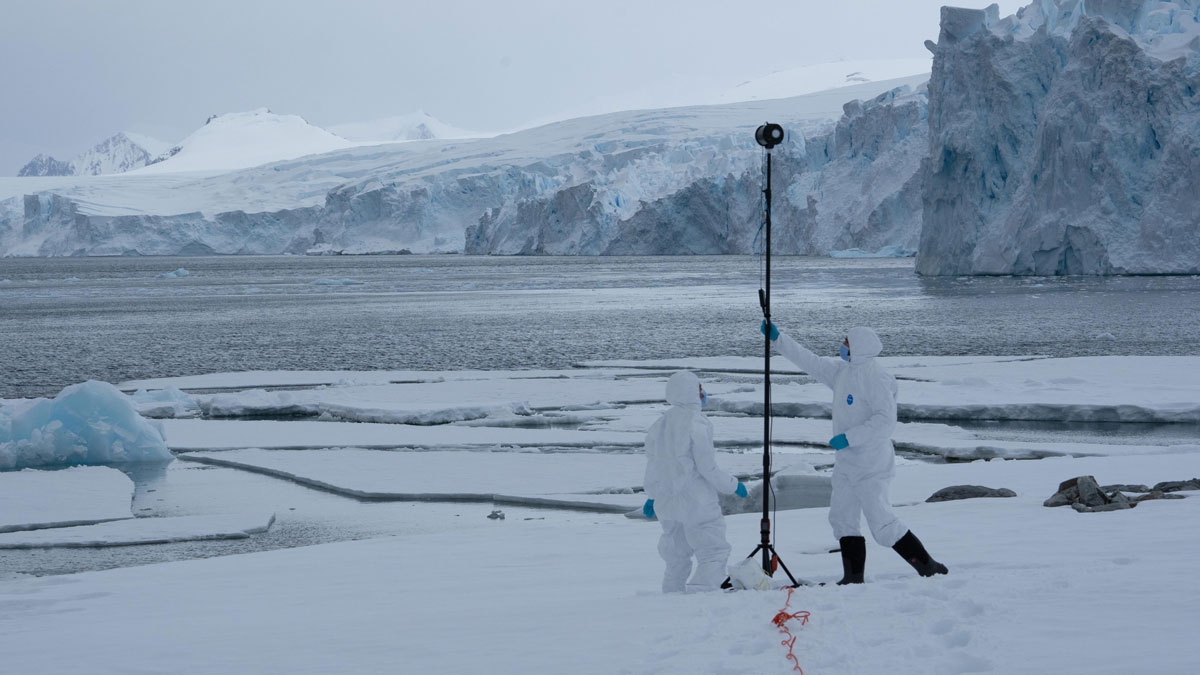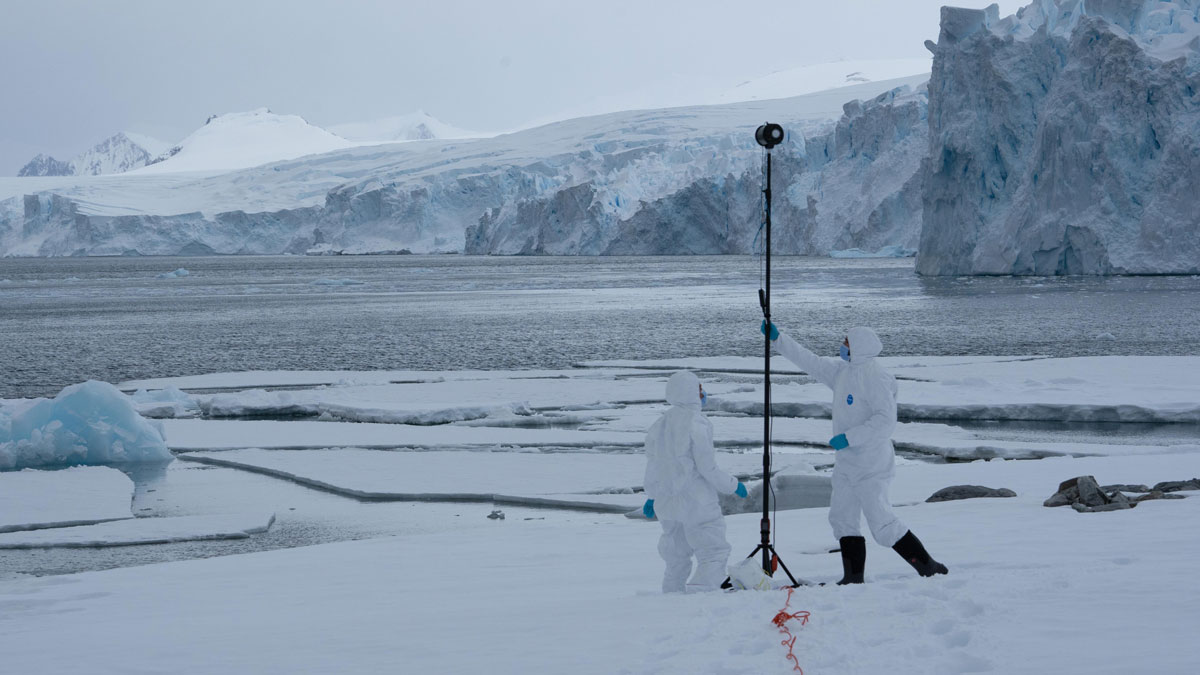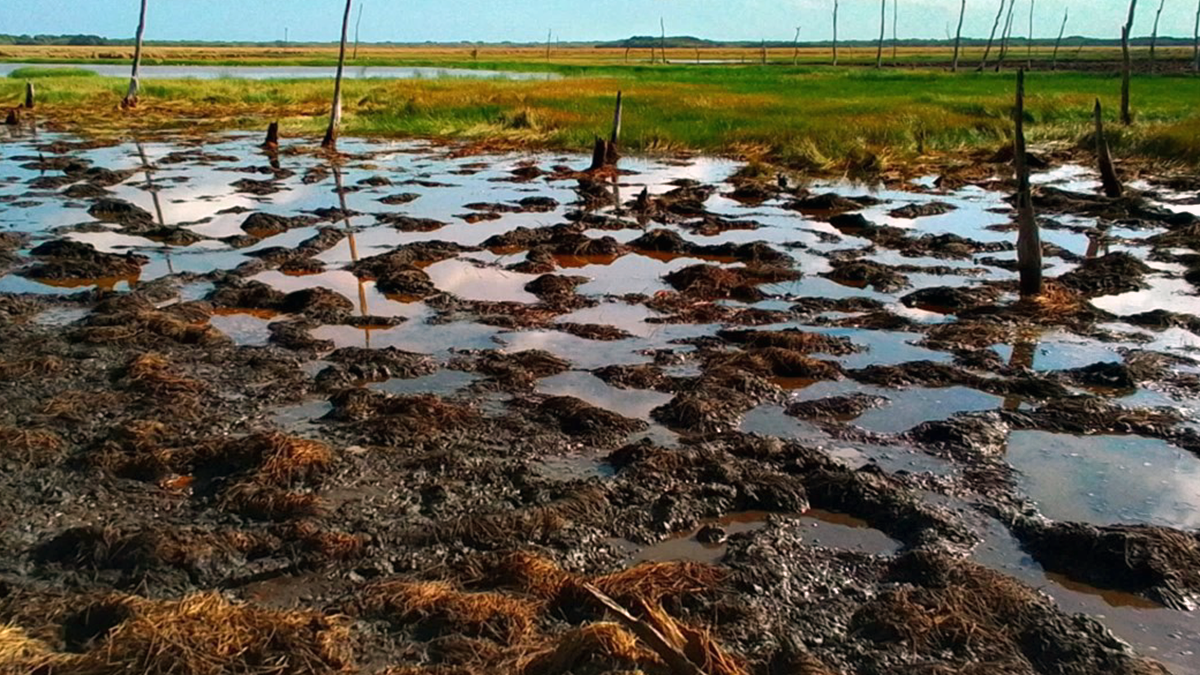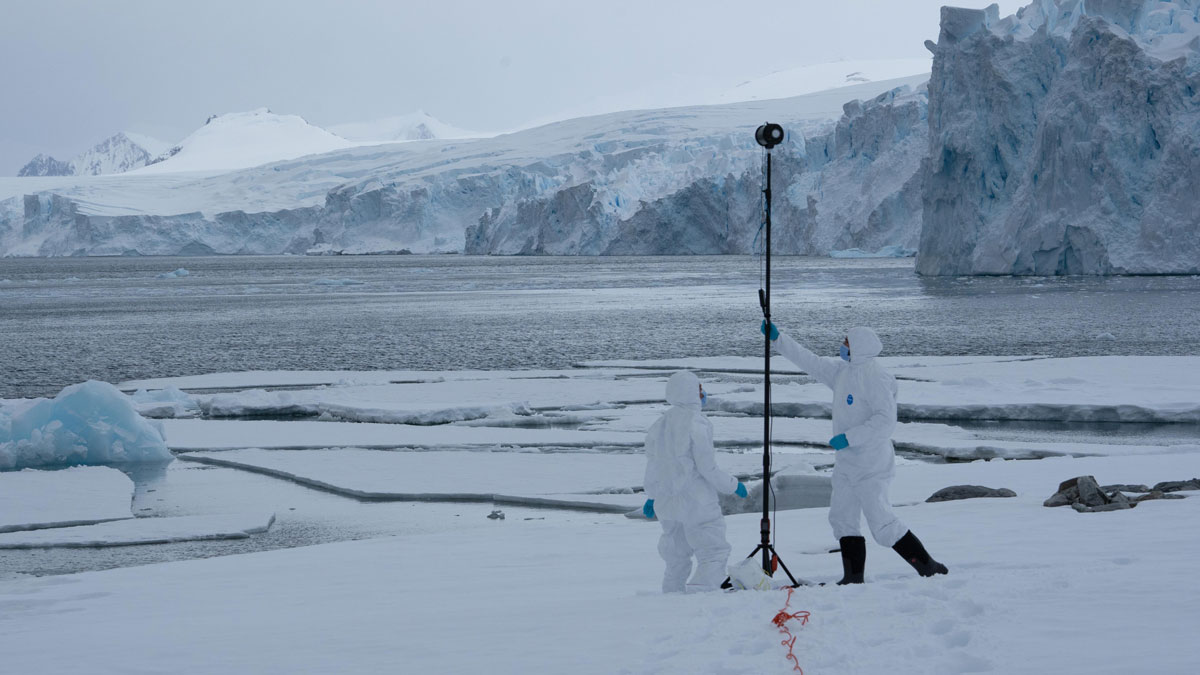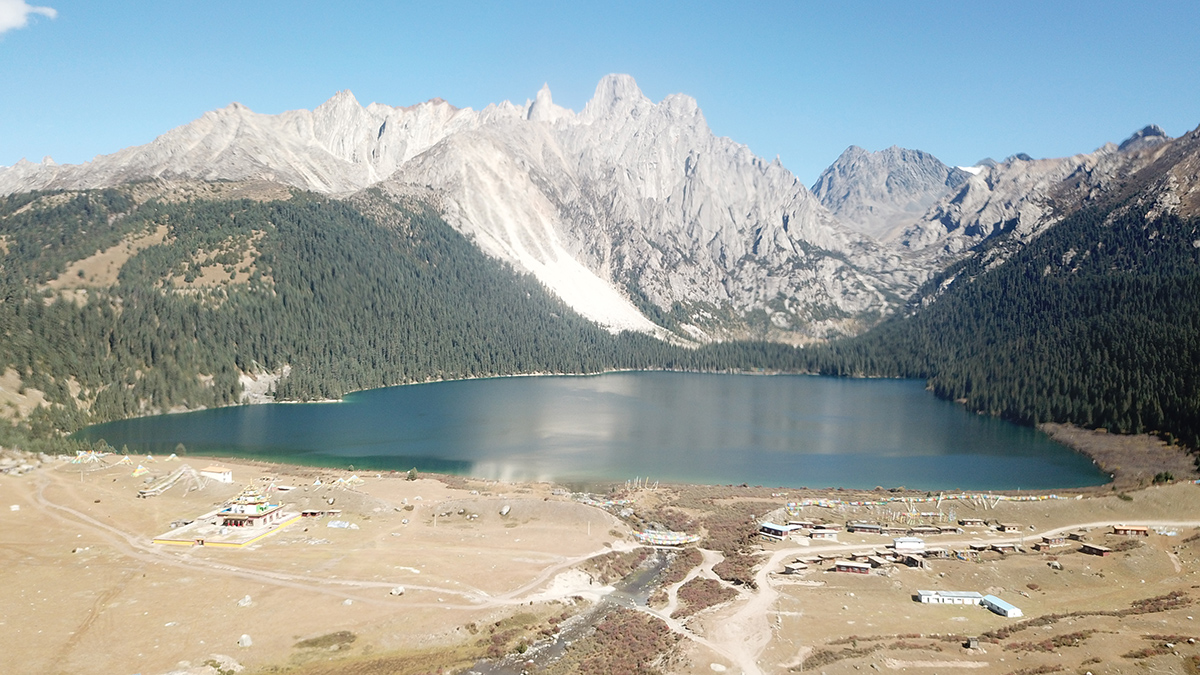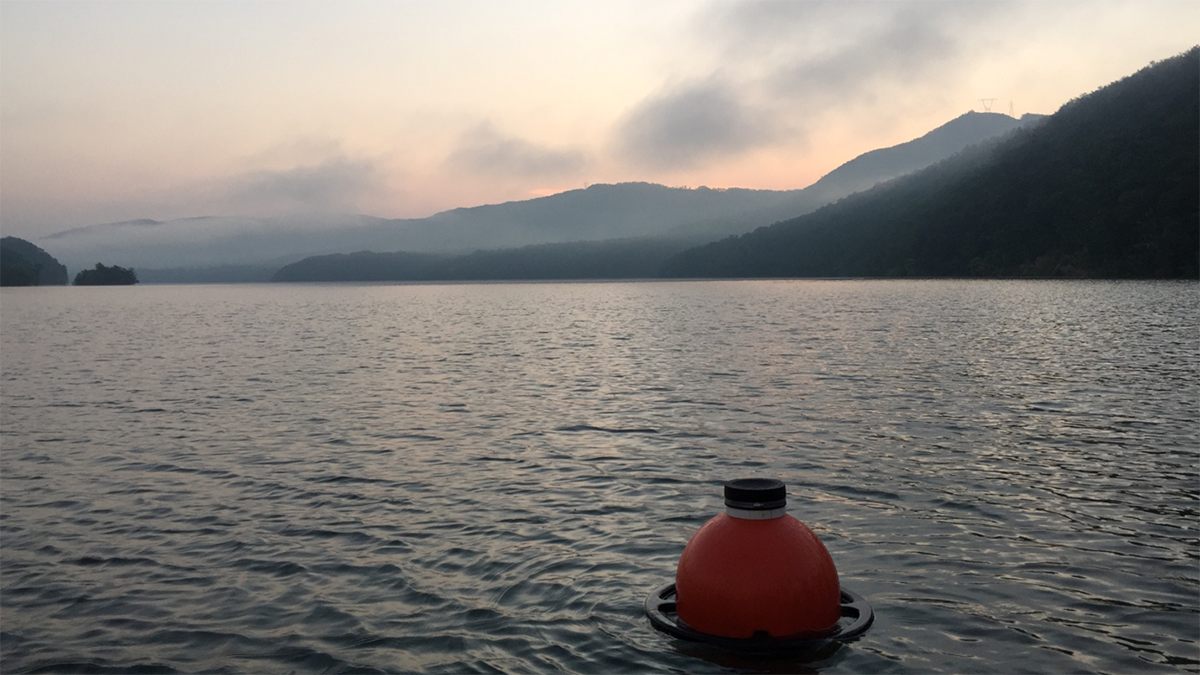Pulses of activity, from tides to precipitation swings, play a crucial, changing role in ecosystems worldwide.
Journal of Geophysical Research: Biogeosciences
全球气候模型需要全面纳入氮循环
氮在气候变化、人类健康和农业等领域发挥着重要作用。一位研究人员认为,气候模型若能更全面地纳入氮的影响,将会受益匪浅。
Global Climate Models Need the Nitrogen Cycle—All of It
Nitrogen plays important roles in areas including climate change, human health, and agriculture. A researcher argues that climate models would benefit from more fully incorporating its influence.
How Plant-Fungi Friendships Are Changing
A new framework shows how much carbon plants allocate to their endosymbionts and how that amount might change in the face of warming soil and rising carbon dioxide levels.
¿Pueden los microorganismos prosperar en la atmósfera terrestre o simplemente sobreviven allí?
Un enfoque de modelización ascendente podría acercar a los científicos a la comprensión de las comunidades de microbios en la atmósfera.
Where the Pigs and Buffalo Roam, the Wetlands They do Bemoan
A novel fenced enclosure study demonstrates the heavy toll that invasive ungulates have on greenhouse gas emissions from coastal wetlands on Indigenous lands in Australia.
Can Microorganisms Thrive in Earth’s Atmosphere, or Do They Simply Survive There?
A bottom-up modeling approach could bring scientists closer to understanding communities of microbes in the atmosphere.
地震如何改变湖泊微生物群落
提示:地震发生后,湖泊的地质、化学和生物成分会重新配置。一项新的研究深入探讨了地震变化对喜马拉雅地区措普湖的影响。
Advances in Ecological Forecasting
AGU and ESA invite contributions to a cross-society special collection on ecological forecasting across ecosystems and scales.

